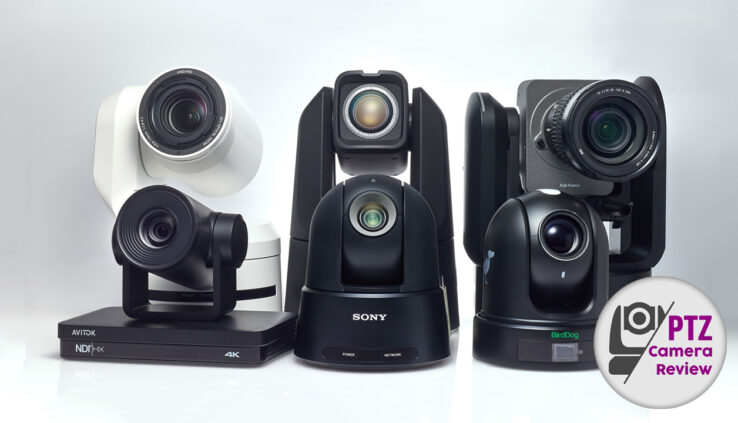PTZ Camera Review Vol. 2 – Video Transmission Protocols
By Jennifer P
In the fast-paced world of online media, streaming protocols are the invisible threads that weave together our digital experiences. They connect our cameras to the screens of viewers around the globe, but understanding the diverse range of protocols can be a daunting task. In this informative blog post penned by Yuto Izumi for ProNews, we embark on a journey through the intricate web of streaming protocols. From the tried-and-true “RTMP” for YouTube livestreaming to the cutting-edge “SRT,” and the game-changing “NDI” and SMPTE ST 2110, we’ll dissect each protocol’s unique qualities and unravel the mystery of which cameras are best suited for them. This knowledge will be an invaluable resource, especially for PTZ camera beginners, helping you make informed choices when it comes to your streaming setup. So, let’s dive in and explore the world of streaming protocols, demystifying their intricacies and uncovering the perfect PTZ camera pairing for your broadcasting endeavors.

“RTMP” for YouTube livestreaming
RTMP, short for Real-Time Messaging Protocol, stands as a cornerstone in the world of online video streaming. Notably embraced by renowned platforms like YouTube, RTMP is a versatile protocol, facilitating both live and on-demand streaming with a seamless blend of top-notch video and audio quality. Worth noting is RTMP’s more secure sibling, “RTMPS,” designed to fortify your streaming experience. However, it’s essential to keep in mind that YouTube Live currently supports streams exclusively from compatible devices, with RTMPS integration expected in the future.
In contrast, RTSP, the closely related Real-Time Streaming Protocol, shines as the go-to choice for surveillance PTZ cameras, offering impressively low-latency streaming. If your live streaming ventures revolve around platforms like YouTube or Facebook, delving into camera compatibility with RTSP is not a pressing concern. Stay tuned as we navigate the diverse world of streaming protocols, demystifying their applications and equipping you with the knowledge to enhance your streaming experience.
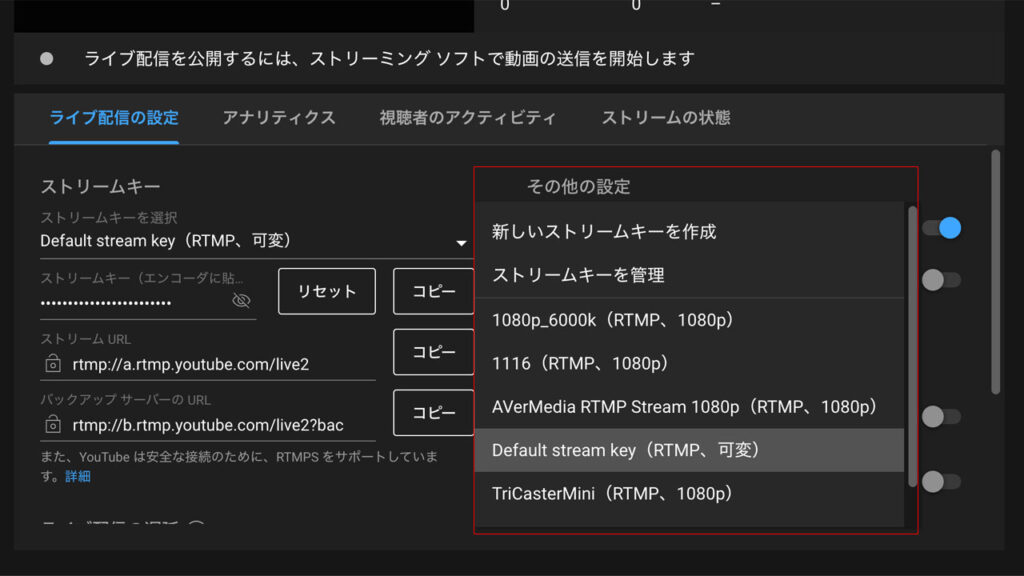
“SRT”
SRT, an acronym for “Secure Reliable Transport,” emerges as a game-changer in the realm of video streaming. Introduced to the world of open source by Hi-Vision in 2017, SRT is designed to facilitate high-quality video transmission from remote locations. This protocol has found its niche in remote production, owing to its exceptional security measures, minimal latency, and the ability to deliver impeccable image quality to distant destinations.
Configuring SRT on the sending end is a breeze, closely mirroring the simplicity of RTMP. However, it’s important to note that the receiving side does require the opening of a network port, which may necessitate some basic network knowledge. To bridge this gap, Photron offers a user-friendly cloud gateway service for effortless SRT utilization. For those less acquainted with network technology, such services can serve as a valuable resource, ensuring you make the most of the advantages SRT brings to the table.
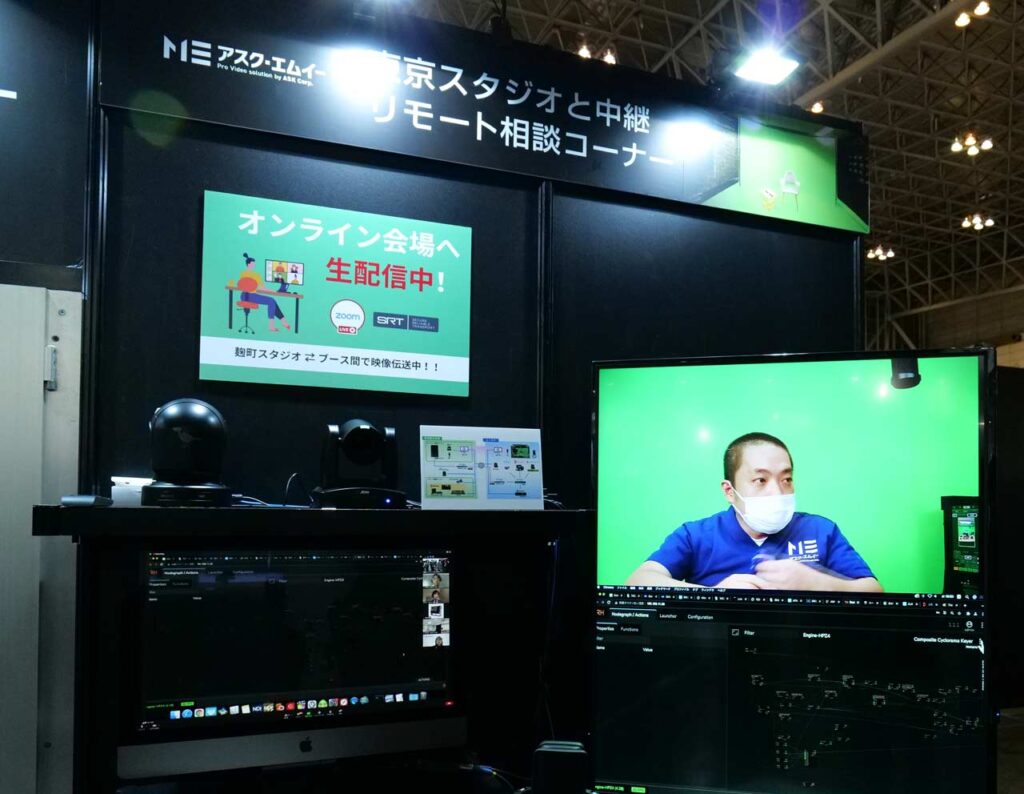
“NDI”
NDI, which stands for Network Device Interface, reigns supreme as the go-to IP transmission technology for interconnecting video equipment. When it comes to remote cameras, two primary NDI standards take center stage: “Full NDI (High Bandwidth NDI)” and “NDI|HX.” Full NDI, requiring chipset-level support, has been brought to life by only a select few, including BirdDog and NewTek. On the other hand, “NDI|HX,” introduced in 2017, harnesses H.264 compression and boasts compatibility with a growing array of manufacturers, such as Sony, Canon, and Panasonic, who continue to unveil compatible remote cameras.
Initially, NDI|HX fell short in image quality compared to its full NDI counterpart. Those placing a premium on image fidelity gravitated towards BirdDog and NewTek remote cameras. However, the landscape evolved with the advent of “NDI|HX 2” and “NDI|HX 3,” ushering in image quality equivalent to that of NDI. Furthermore, NDI typically consumes around 300Mbps of bandwidth, while NDI|HX is more efficient, using only about one-third to one-fourth of that when streaming the same full HD signal. This efficiency makes NDI|HX a network-friendly choice, especially when dealing with multiple cameras. The industry has taken note, with a growing number of manufacturers embracing NDI|HX. BirdDog, for instance, unveiled a camera compatible with NDI|HX 3 at NAB 2023. If you’re in the process of selecting a remote camera that supports the NDI standard, we highly recommend opting for one equipped with NDI|HX 3 for an optimal and future-ready choice.
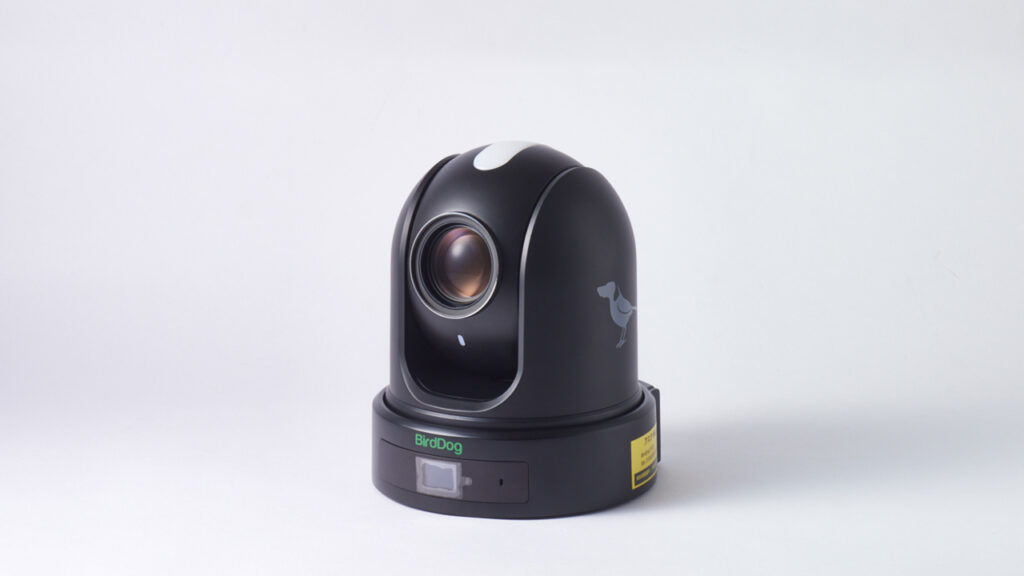
SMPTE ST 2110
ST 2110 stands as a pioneering video transmission standard that harnesses the power of IP transmission. It heralds a transformative shift, replacing conventional baseband transmission methods like SDI with the dynamic IP standard. In the realm of PTZ cameras, Panasonic’s AW-UE160W/K proudly stands as the sole camera offering full support for ST 2110. The adoption of IP conversion through ST 2110 is gaining significant traction, particularly within large-scale core systems like broadcasting stations. Notably, NewTek has stepped into this arena with a converter designed to seamlessly bridge ST 2110 and NDI protocols. Additionally, Blackmagic Design has entered the scene with the release of the “2110 IP Converter 3x3G.” As the technology matures, it is anticipated that ST 2110 will increasingly find favor in small-scale production setups, further cementing its place in the industry.
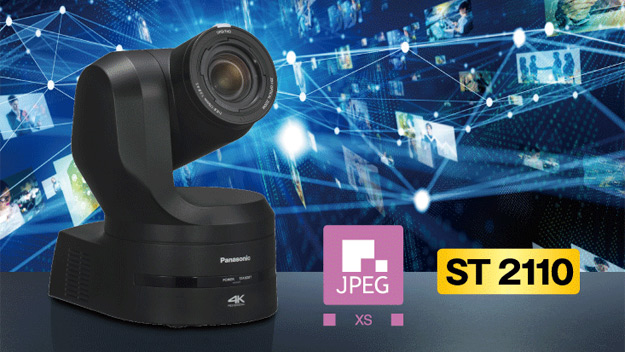
Read the full article by Yuto Izumi for ProNews HERE
Learn more about NDI HERE
Learn more about PTZ Cameras HERE

